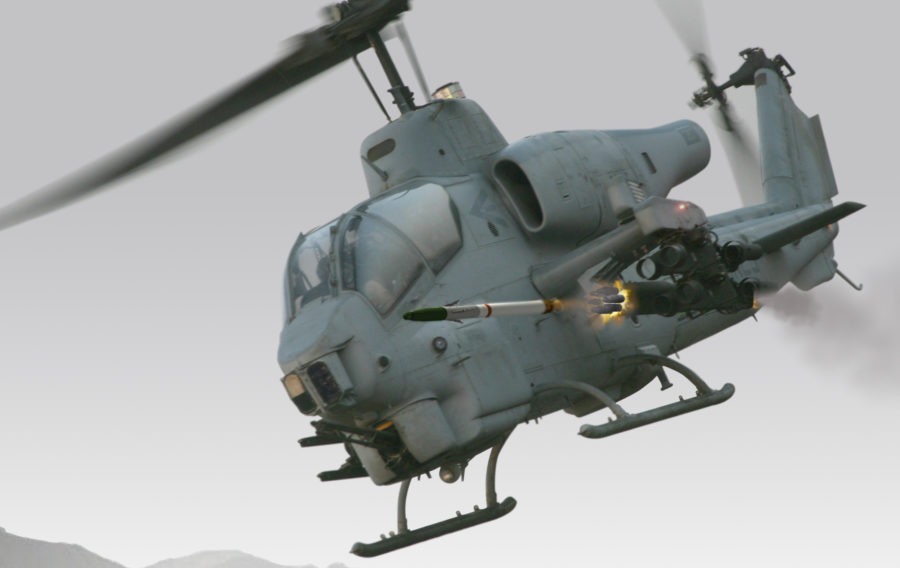
The US Defense Advanced Research Projects Agency (DARPA), through the US Air Force Research Laboratory, has awarded BAE Systems a $13.1 million contract to demonstrate a new, cost-effective optical seeker for precision-guided munitions.
The seeker is designed to improve navigation, as well as automate target location and homing, for different types of munitions that are used in GPS-denied and other contested environments.
BAE Systems tested the seeker during the first phase of DARPA’s Seeker Cost Transformation (SECTR) program. The SECTR seeker integrates with a wide range of weapon platforms that use munitions and can operate in day or night. It enables autonomous precision guidance via passive electro-optical and infrared sensors in environments where GPS navigation is unavailable or unreliable.
The seeker’s open architecture enables highly accurate, competitive, low-cost munitions to be capable of navigating and locating targets in limited-access and denied environments. It provides these munitions with quick-reaction capabilities while meeting stringent cost, size, weight, and power requirements. The open architecture also enables rapid seeker integration into current and new weapon systems.
This phase of the program will conclude in July 2019 with multiple test firings on several precision-guided munition platforms.
Mark Meisner, a chief scientist at BAE Systems, said: “Low-cost, precision munitions are critical to our customers, which is why we’ve developed a flexible seeker that radically lowers the cost typically associated with precision guidance. The SECTR program is allowing us to deliver advanced sensing and navigation capabilities for munitions to warfighters faster.”
Copyright © 2018 BAE Systems
If you would like to join our community and read more articles like this then please click here.







